Mapperley Park is a conservation area and one of Nottingham’s most prestigious residential locations. It is noted for its distinguished Victorian and Edwardian properties, set along attractive tree lined avenues. It seems though that not all of these mansions survived. One of them was named Park House.
Sue Laing contacted us with this request:
Hi, we live in Park House Gates off Lucknow Drive and are interested in the house that was demolished to build our houses. The houses were built in the early 1980s. I have been given these photos of the original house. Any advice on where I should look for further information?
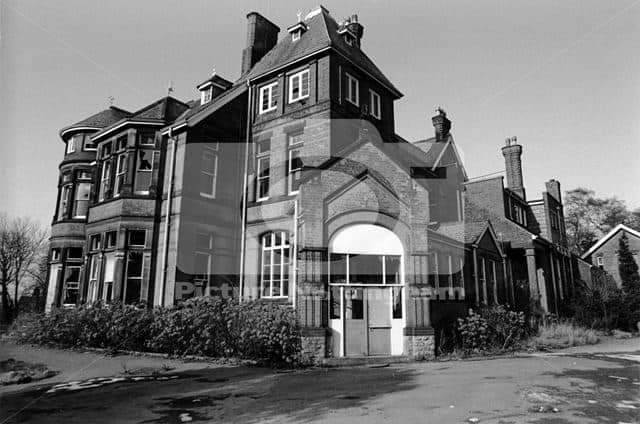
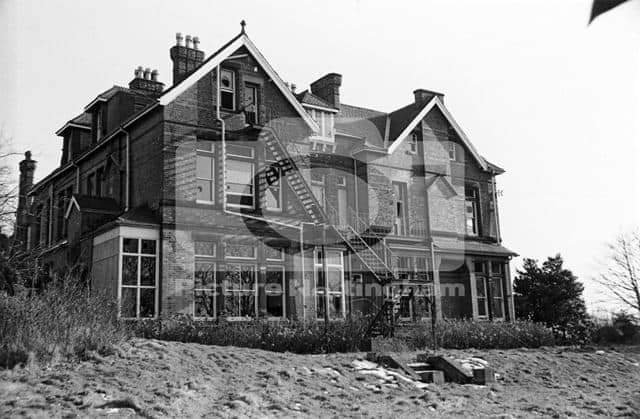
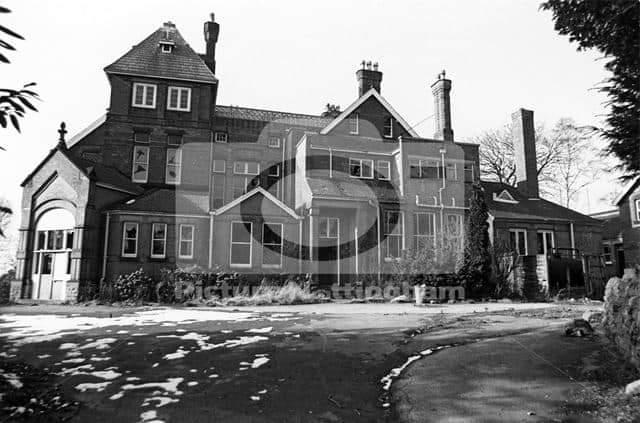
The responses soon came in:
I worked at Park House in around 1970. It was the headquarters of Trent Vale Hospital Management Committee, which covered Mapperley, Balderton, Aston Hall,and Saxondale hospitals. In the second photo the large downstairs windows were where I worked. You can see the steps that lead down to the immaculate lawn, tennis court and gardens. The big porch doors at the front opened into the reception. A bit sad really. Initially I worked in the Group Secretary’s Office. It was a lovely building. The caretakers’ lived on the top floor. There was also a tennis court in the back garden. I remember playing there in summer evenings. By coincidence when my father was in the army during WW II, he did some training at Park House.
Angela
This response was more pragmatic.
I imagine it was too big for most families as family sizes decreased and inter-generational living became rarer. With the cost of upkeep, they fell into disrepair. Today it would sell for millions in good shape, but as nice as Mapperley Park is, if you had millions to spend on a property would you choose to live in the city district? If it had survived, it would probably have been turned into flats or a care home. I suspect that’s the fate of many of the large houses there when their residents move out and have to sell.
David
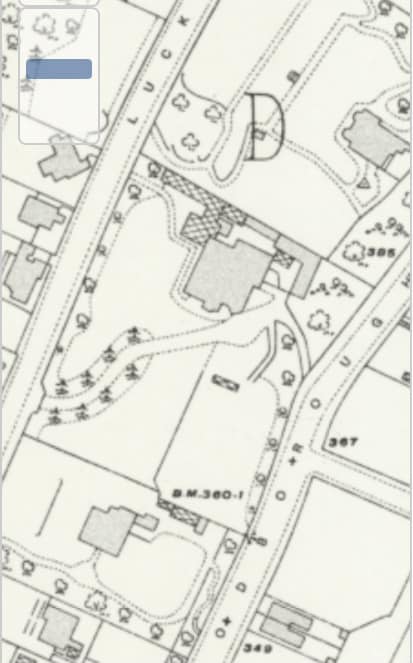
We were also provided this map showing Park House in the centre with the long tree lined drive off Lucknow Drive. There is also a drive giving access to Woodborough Road. This was between the junctions of Dagmar Grove and Denmark Grove.
Local Historian Gets Involved
A local architectural historian Lucy Brouwer got involved with some research. Thanks to Lucy and the British Newspaper Archive we can report that Park House was the home of John Farr, the chairman of The Home Brewery Company. His story makes for interesting reading.
John FARR
John FARR was born on 28th Feb 1882 at Bestwood Park. He was the son of Edward Robinson FARR (nephew of Sir John Robinson, the founder of Home Brewery in Daybrook).
Military Career
John FARR joined the army at 17 and served in South Africa during the Boer War as a corporal with the South Notts Yeomanry. He was known as a very good shot and his interest in shooting continued throughout his life.
On returning to England he took over an electrical engineering business named E Caldwell and Son on Sherwood Street in Nottingham. The company then took his name and moved to Parliament Street.
On the outbreak of World War I he was commissioned to Captain with the South Notts Hussars. Before they saw active service, he trained recruits in rifle shooting at ranges in Carrington, Colwick and Ollerton
The South Notts Hussars sailed to Egypt in 1915, before joining the attack on Gallipoli where he was wounded during the landings at Sulva Bay.
Returning to Egypt, he assumed command of the 1st Camel Corps but soon contracted Typhoid Fever and was invalided home. He spent a further year in hospital.

Following the war and during the 1920s, it seems he was living at Park House on Lucknow Drive. It was during this time that he represented the Mapperley Ward of the Nottingham Corporation. It is believed that his children were born during the period at Park House.
As Chairman of the Home Brewery Company Ltd, John Farr would have been instrumental in the design and build of the company’s iconic offices on Mansfield Road which were opened in 1936.
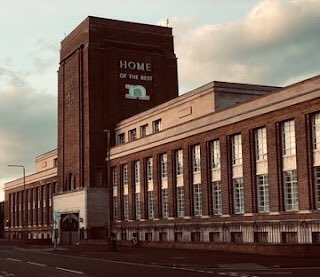
Credit johnmedd.com
In 1929, following the death of his great uncle Sir John Robinson, John Farr bought the Worksop Manor Estate for £75,000, where he continued to manage the famous horse stud that Sir John had founded there.
Sir John Robinson
Sir John Robinson and the wider family leaves a significant legacy in the Mapperley and Arnold area. In addition to the Home Brewery, there is also the Sir John Robinson Almshouses (commonly the Daybrook Almshouses) are a collection of twelve two-bedroom cottages erected in 1899 on Mansfield Road in Daybrook.
The almshouses are charitable low-rent housing provided to elderly people over the age of 60 years. Sir John Robinson built the almshouses in memory of his only son John Sandford Robinson, an amateur jockey, who died in a horse-racing accident on 21 April 1898, aged 30 years.
There is a further group of 12 two-bedroom houses that were built earlier in 1889, in Sherwood, as Sir John Robinson alms houses in honour of his son’s 21st birthday.
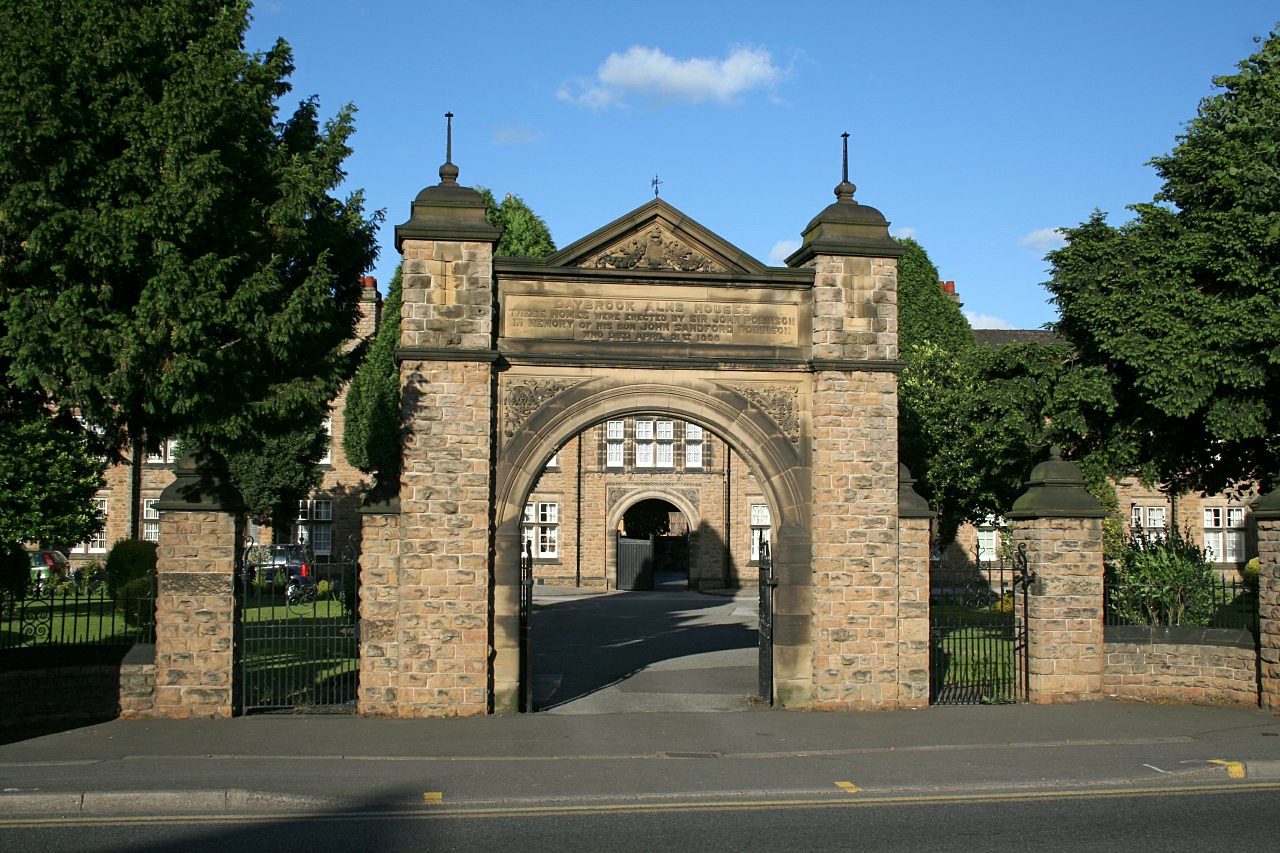
Horse Racing In The Family
John Farr remained heavily involved with horse racing throughout his life.
In business he was chairman of the Home Brewery Company and J and S Farr Ltd (Electrical Engineers).
He was a director of Killingley and Co Ltd as well as the Leicester Racecourse Company.

Killingley and Co were Wine Merchants on Smithy Row in Nottingham. Their premises were demolished in 1926 to make way for the Council House which was built between 1927 and 1929.
John Farr and his family continued to operate from Worksop Manor and the farms on the estate. The family remain there to this day.
The End Of An Era
In February 1951, John Farr died suddenly from a heart attack. He had been staying at The Welbeck Hotel in Nottingham, after spending the previous day at Leicester Races. He was just short of his 70th birthday.
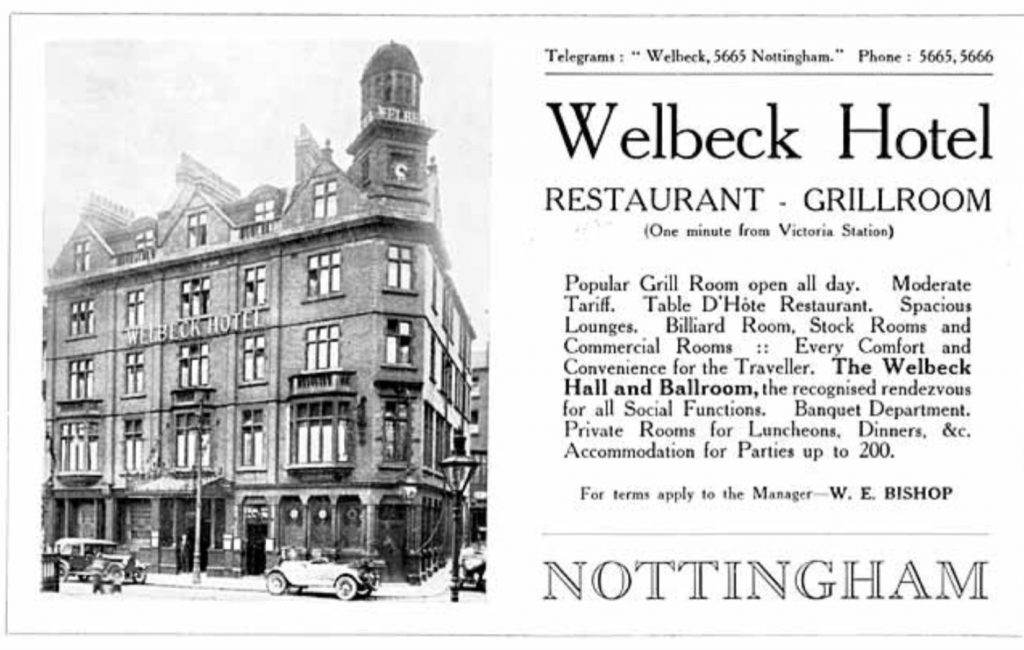
The Nottingham Evening Post reported on his death, describing him as a city councillor, alderman, sheriff, lord mayor, soldier in two wars, land owner, breeder of racehorses, brewer, sportsman, farmer and electrical engineer.
He left a widow, two sons and two daughters.
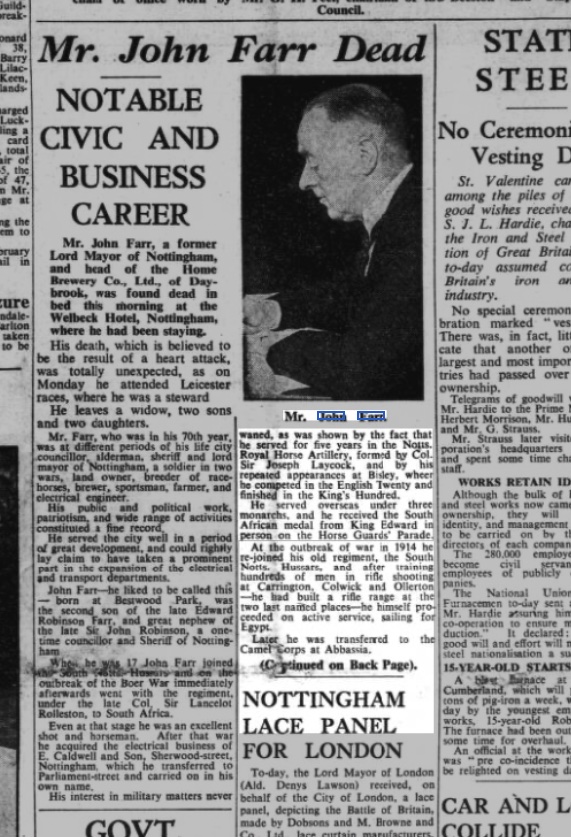
Who Else Occupied Park House?
The Farr family are just one part of Park House’s history, so it would interesting to know who else lived there. Particularly in the 1930s after the Farr family moved to Worksop and before World War II when it may have been used by the army.
All contributions welcome.
